PATH subway cars
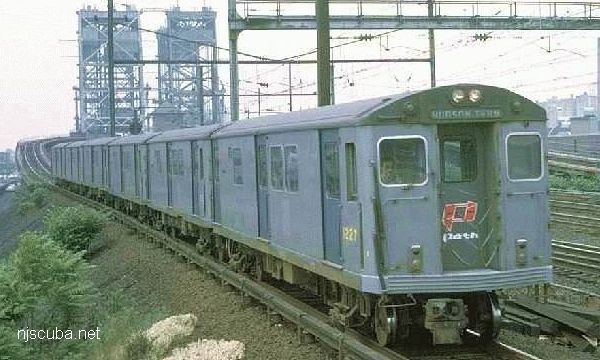
- Type:
- 5 MP51 "K-Car" type PATH train cars ( the "Tubes" )
steel body / cement sub-flooring - Built:
- 1958 onwards - St. Louis Car Company
( numbers between 1200 and 1249 ) - Specs:
- ( 51 x 9 x 12 ft ) 69,300 lbs, 44 seats
- Sponsor:
- SEPTA
- Sunk:
- Thursday July 19, 1990 - Sea Girt Artificial Reef
- GPS:
- 40°06.675' -73°57.077'
- Depth:
- 70 ft





These particular cars were first sold by PATH to SEPTA for parts, and it was actually SEPTA that donated them to the reef program.
Update 2020
There is probably nothing left of these things. If you want to see them, you've come to the last place in the world where you still can.
K-Cars were notable for being the first fully air-conditioned subway cars in the world. They were originally purchased by the Hudson-Manhattan Railroad Company and Pennsylvania Railroad, which were later combined into the PATH ( Port Authority Trans-Hudson ) service.
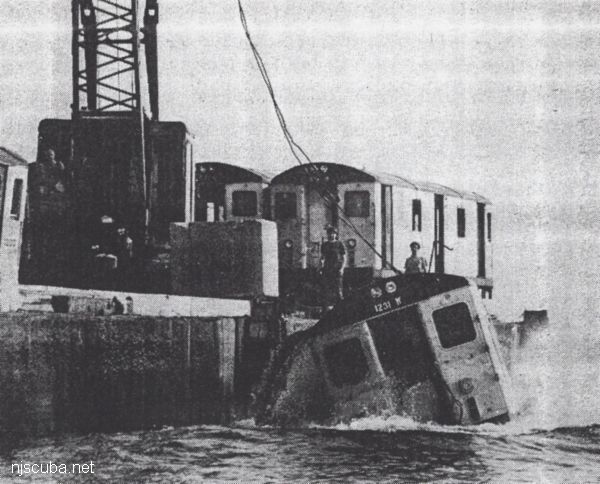
The five subway cars that you say were once part of the NYC fleet are in fact former revenue cars that made up the Hoboken to World Trade Center run along the PATH system. I should know, I've worked with the company for better than 24 years maintaining these "K-cars."
47 K-cars were in service with the former owner of PATH the Hudson-Manhattan Railroad Company, which was purchased by the Port Authority of NY & NJ in 1963. The deal that was cut with the H&M during that year included Hudson Terminal in NYC and the site of the World Trade Center. Additionally, these K-cars were the first in the H&M fleet to offer the comfort of air-conditioned cars to their customers.
The K-car fleet carried passengers between New York and New Jersey from the 1950s through the 1980s, at which time they were retired from passenger service and used to carry workmen and repair materials on maintenance jobs. And as a matter of fact, a large number of these cars remain in service today. These particular cars were dumped into the Atlantic in 1990, and undoubtedly, they've been highly successful with transporting a different kind of passenger - one of a finned variety.
I've been to these dive sites several times in the past, photographing the K-cars for nostalgia's sake. From my pictures, many of the non-diving PATH employees were amazed with how quickly the ocean's inhabitants took up residence. Many have also sampled the Blue Mussels that were recovered from the sites, along with the Blackfish and Ling. Aside from being a grocery diver, I was pleased with the overall appearance of the wreckage that is now festooned with colorful marine growth. It did my heart some good knowing that the environment is benefiting by these sinkings.
Regards,
Darren O'Shea DOS109@aol.com
Foreman II, Harrison Car Maintenance Facility, PATH
Getting wet since 1969
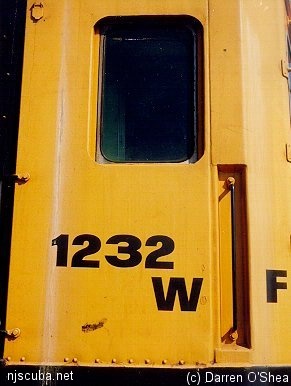
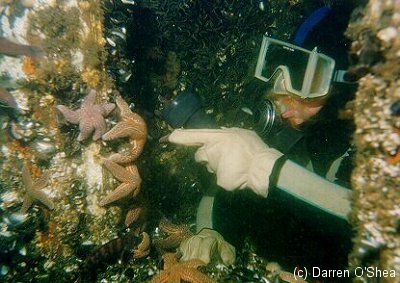
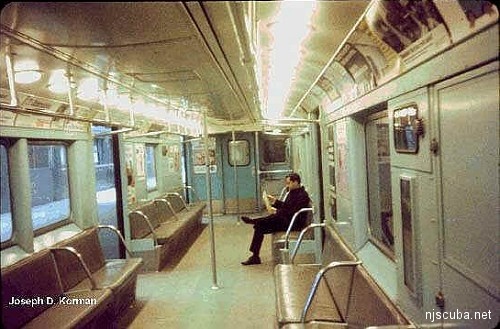

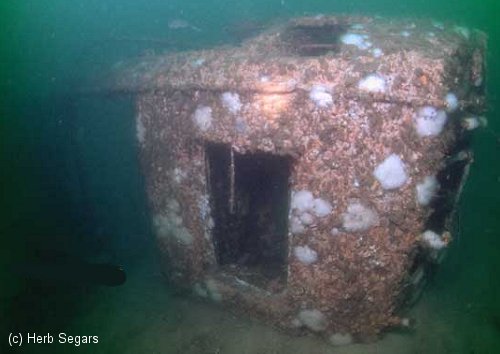
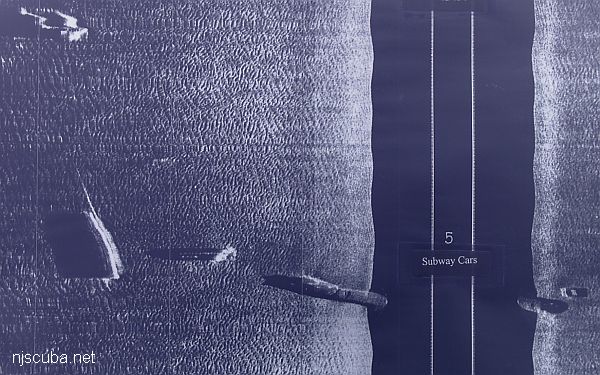
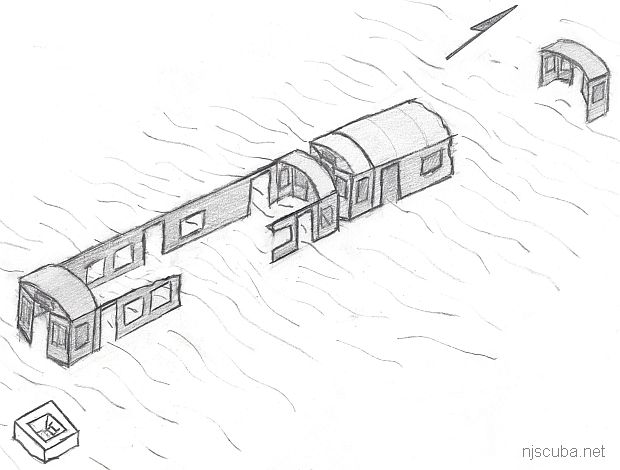
The PATH tubes, along with other new bridges and tunnels across the river, spelled the end of the line for the railroad-ferry service. The Cranford was one of the vessels made obsolete by this march of progress, and it is perhaps ironic that these subway cars should end up on the same reef as the old ferry. The PATH service was severely impacted by the Sept 11 2001 destruction of the World Trade Center, and the subway station beneath it.
Glenn D. Gardner [51] from Southampton, PA - 05/10/06:
I found your site very interesting with respect to the PATH K-Cars used as an artificial reef. It's nice to know the positive results reaped from projects with which a person was associated.
I was the Lead Engineer at SEPTA assigned around 1992, as I recall, to investigate the feasibility of using the trucks/bogies from the K-cars in order to convert the track gauge for five of SEPTA's Market-Frankford "El" cars ("carriage" gauge) so that they may be used in revenue service on SEPTA's Norristown High-Speed Line ("standard" gauge) as a stop-gap measure until the new N-5 NHSL cars could be manufactured, delivered, and tested.
PATH would not sell strictly the trucks/bogies to SEPTA. Hence, the entire car (stripped of parts still needed by PATH for some remaining K-cars in their fleet) was purchased by SEPTA. The trucks/bogies were removed and then the remainder of the cars were turned into artificial reefs.
For everything you ever wanted to know about New York City subways, go to nycsubway.org.


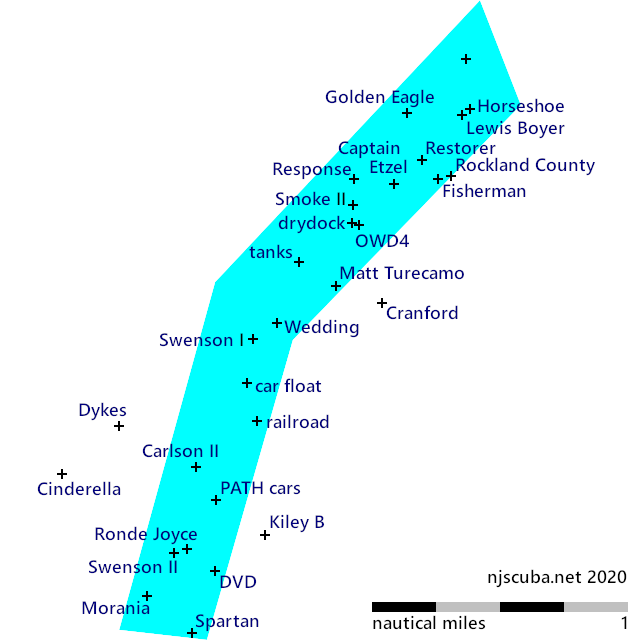
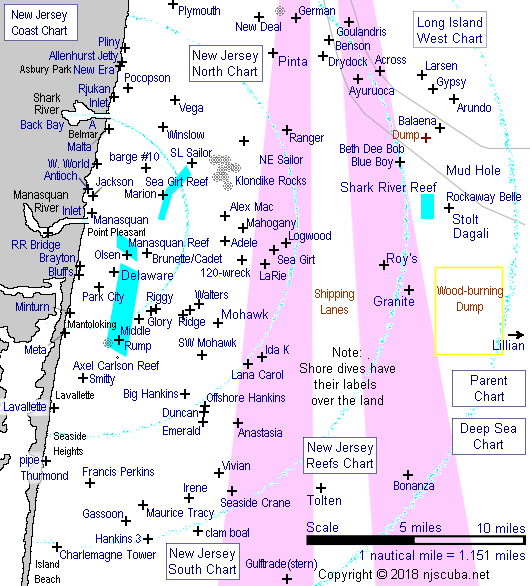
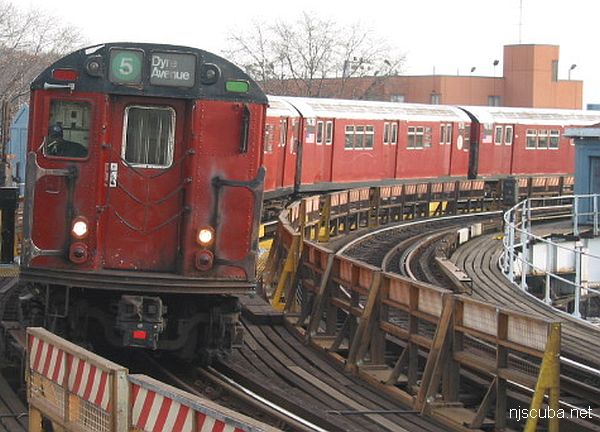
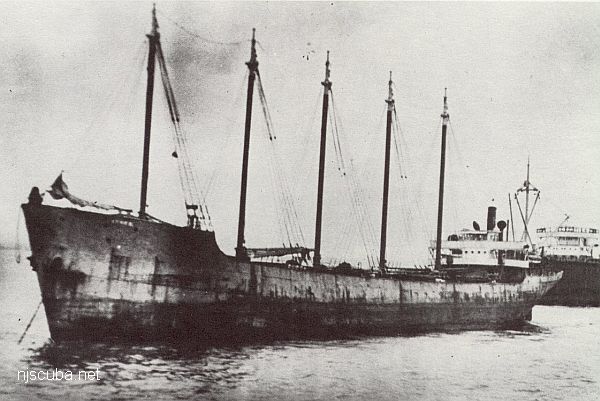
Questions or Inquiries?
Just want to say Hello? Sign the .